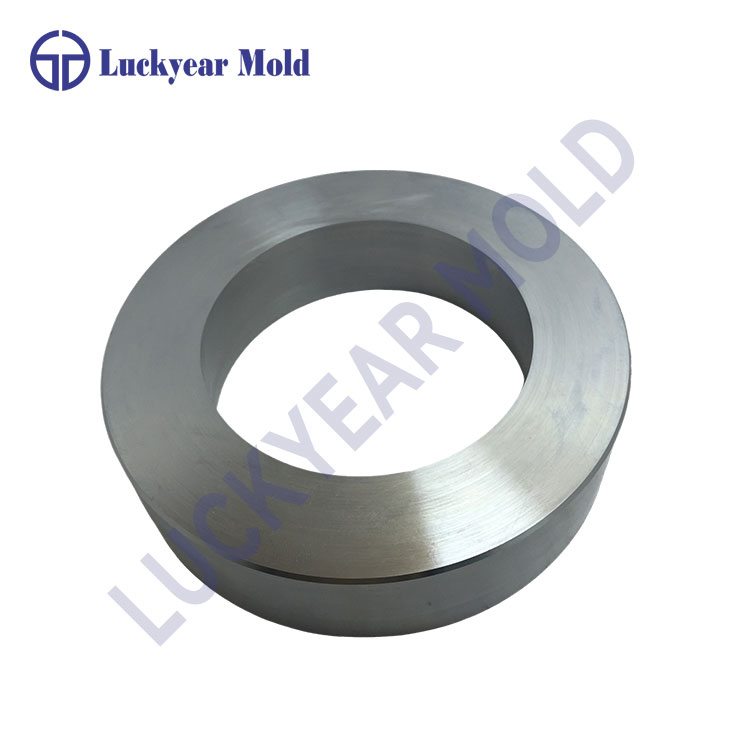The Impact of Heat Treatment on Press Die Mold Component Performance
2024-05-31
In the metalworking industry, press die mold components play a crucial role in shaping and forming metal parts. One of the key processes that can significantly affect the performance of these components is heat treatment. Let's delve into how heat treatment influences the performance of press die mold components and why it's an essential step in their manufacturing process.
What is Heat Treatment?
Heat treatment is a process that involves heating a material to a specific temperature, holding it at that temperature for a certain period, and then cooling it in a controlled manner. This process alters the material's internal structure, leading to changes in its physical and mechanical properties.
How Does Heat Treatment Affect Press Die Mold Components?
Hardness and Wear Resistance: Heat treatment can increase the hardness and wear resistance of press die mold components. By heating the material to a critical temperature and then cooling it rapidly, the internal structure of the material is modified, resulting in a harder and more wear-resistant surface. This improved hardness and wear resistance ensure that the mold components can withstand the repeated stamping and forming operations without significant degradation.
Dimensional Stability: Heat treatment can also improve the dimensional stability of press die mold components. By controlling the cooling process, residual stresses within the material can be reduced or eliminated. This leads to improved dimensional stability and accuracy over the life of the mold.
Toughness: Heat treatment can also influence the toughness of press die mold components. By adjusting the heating and cooling parameters, the material's ductility and toughness can be optimized to provide a balance between strength and resilience. This is particularly important for mold components that are subjected to impact loads during stamping operations.
Corrosion Resistance: Certain heat treatment processes, such as surface hardening or carburizing, can enhance the corrosion resistance of press die mold components. These treatments create a protective layer on the surface of the material, which helps to prevent corrosion and extend the mold's service life.
Heat Treatment Process Considerations
When applying heat treatment to press die mold components, it's essential to carefully consider the material, shape, and dimensions of the components. Different materials have different heat treatment requirements, and the shape and dimensions of the components can affect the heating and cooling rates. Therefore, it's crucial to follow a specific heat treatment protocol for each mold component to ensure optimal results.
Conclusion
Heat treatment is a critical process that significantly affects the performance of press die mold components. By altering the material's internal structure, heat treatment can improve hardness, wear resistance, dimensional stability, toughness, and corrosion resistance. It's essential to carefully consider the specific requirements of each mold component and follow a tailored heat treatment protocol to ensure optimal performance and durability.



